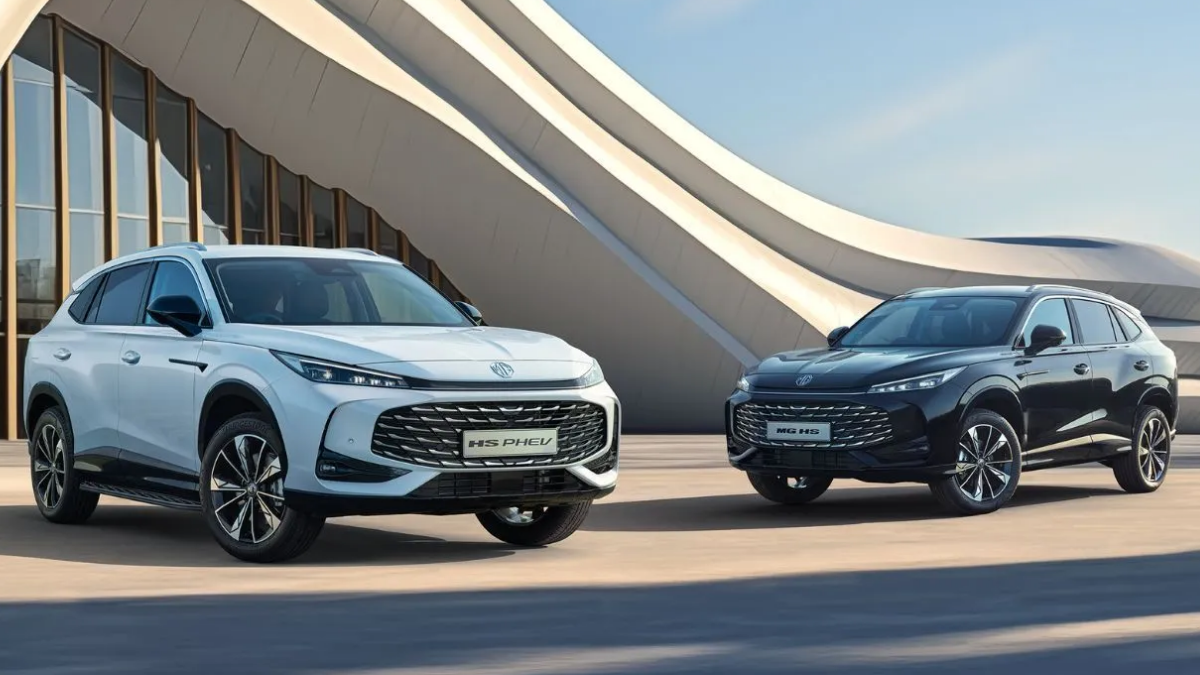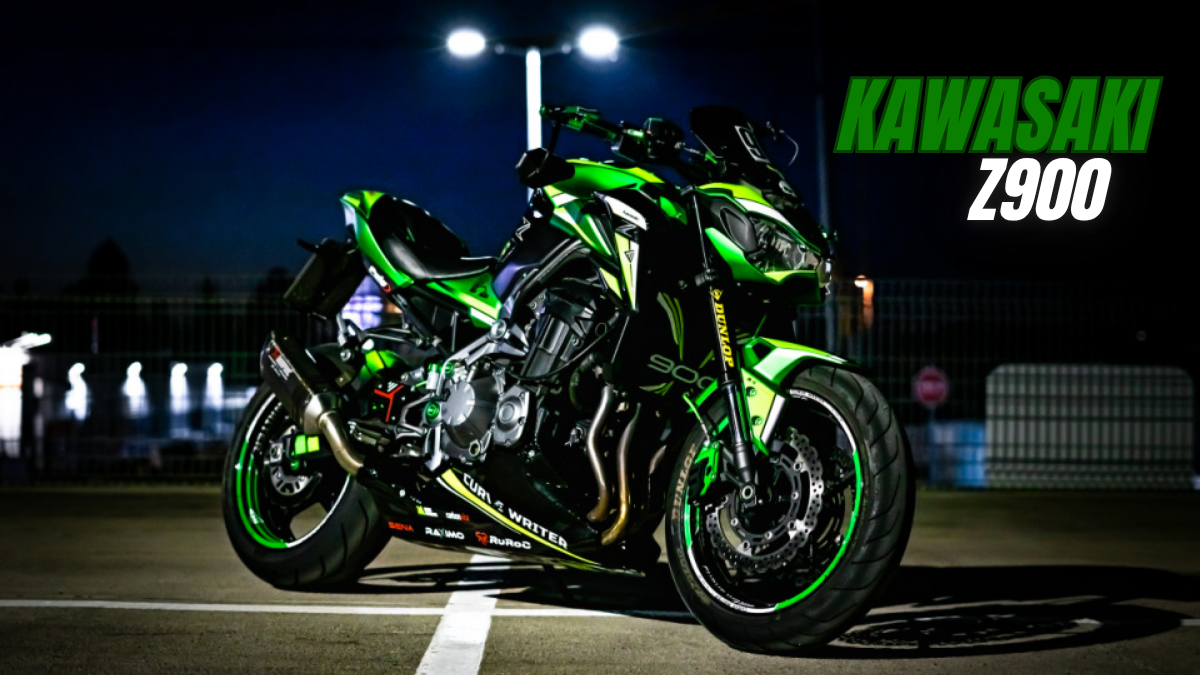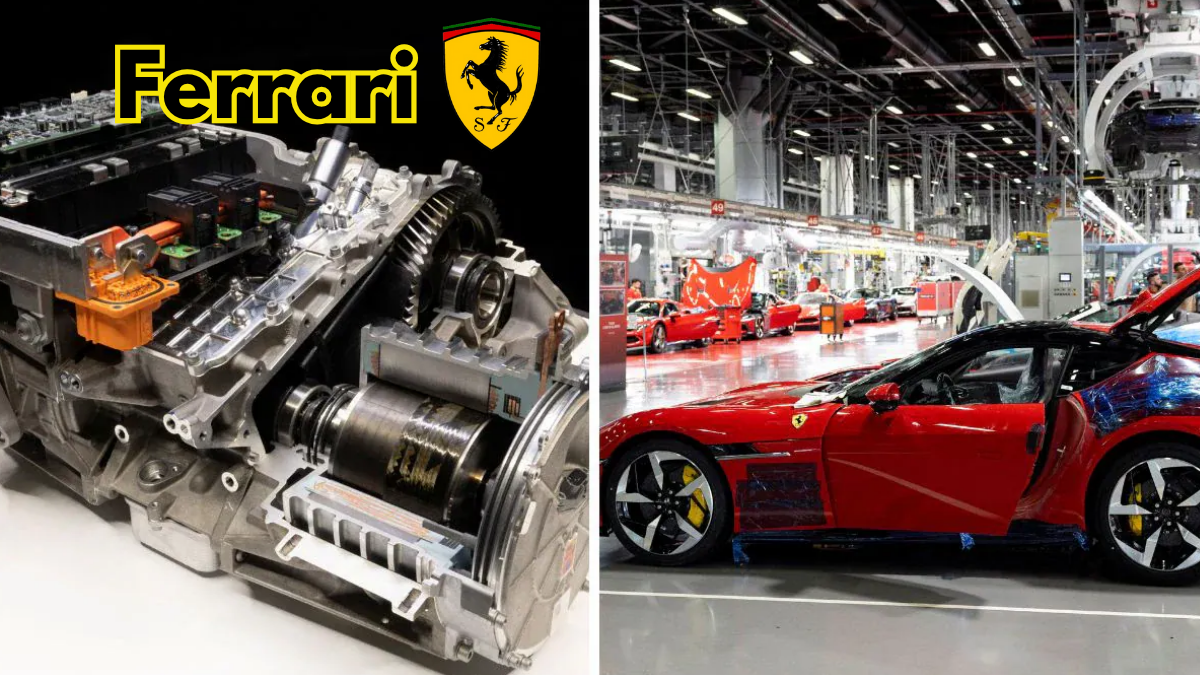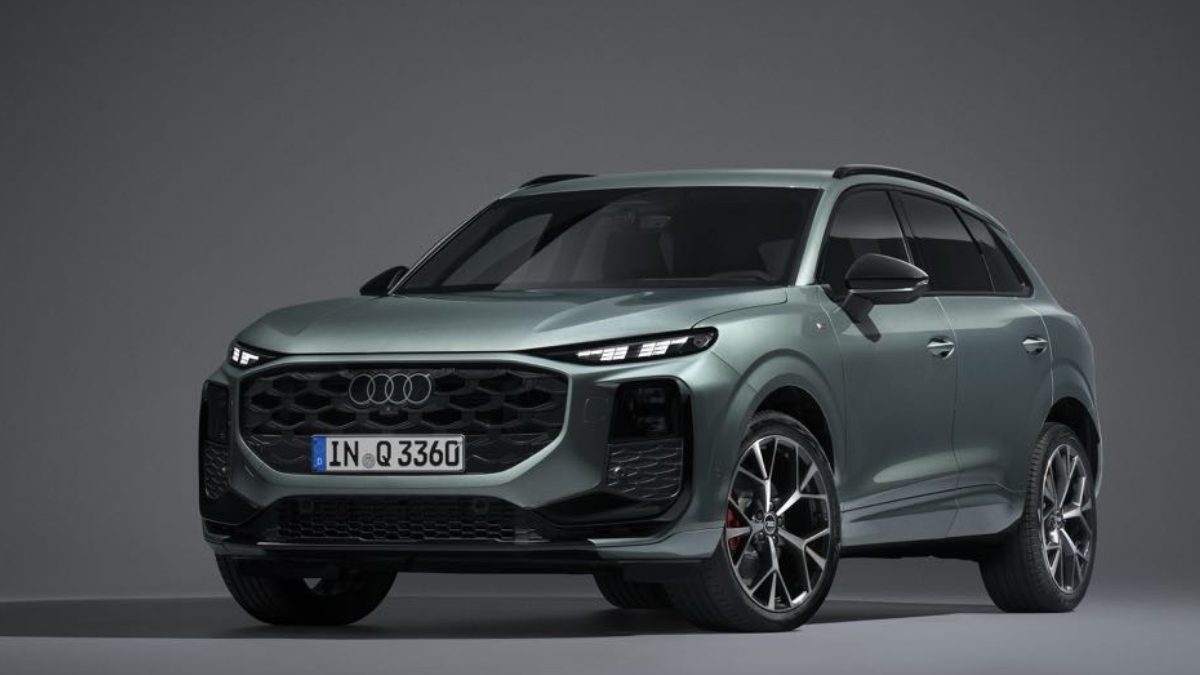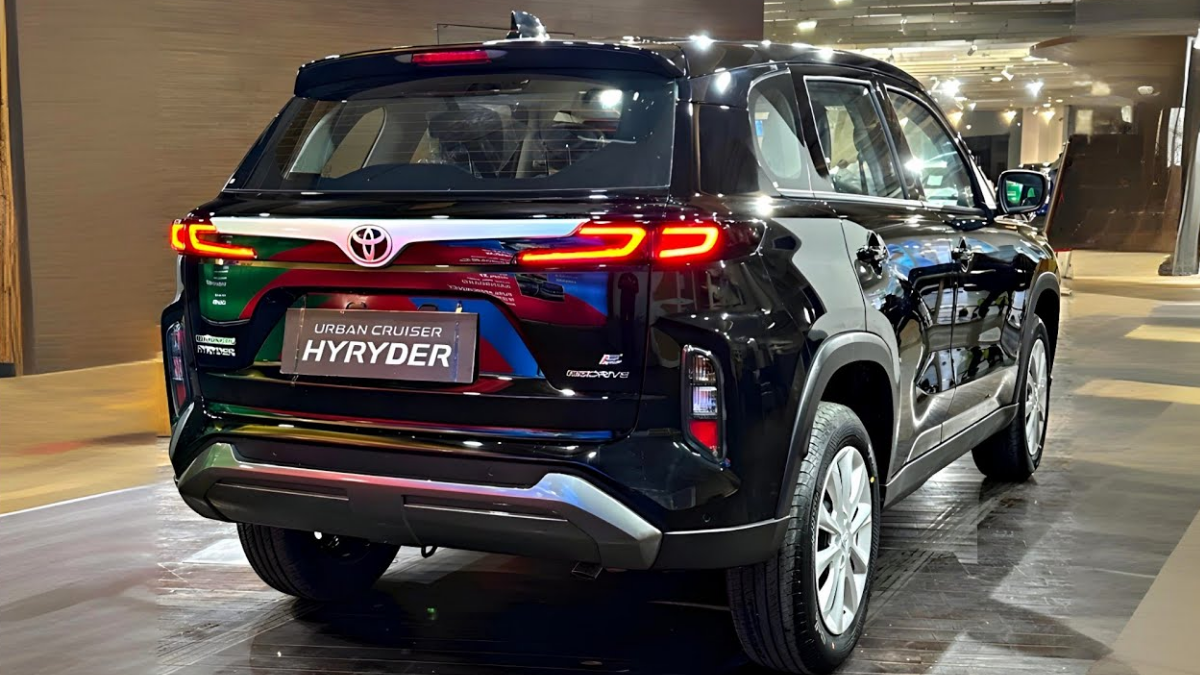The Kawasaki Ninja 300 continues to be one of the most popular entry-level sportbikes, offering a blend of aggressive styling, high-revving performance, and approachable ergonomics. While the 2025 model remains mechanically unchanged, riders still seek answers to an important question: How fuel-efficient is the Ninja 300 in real-world conditions?
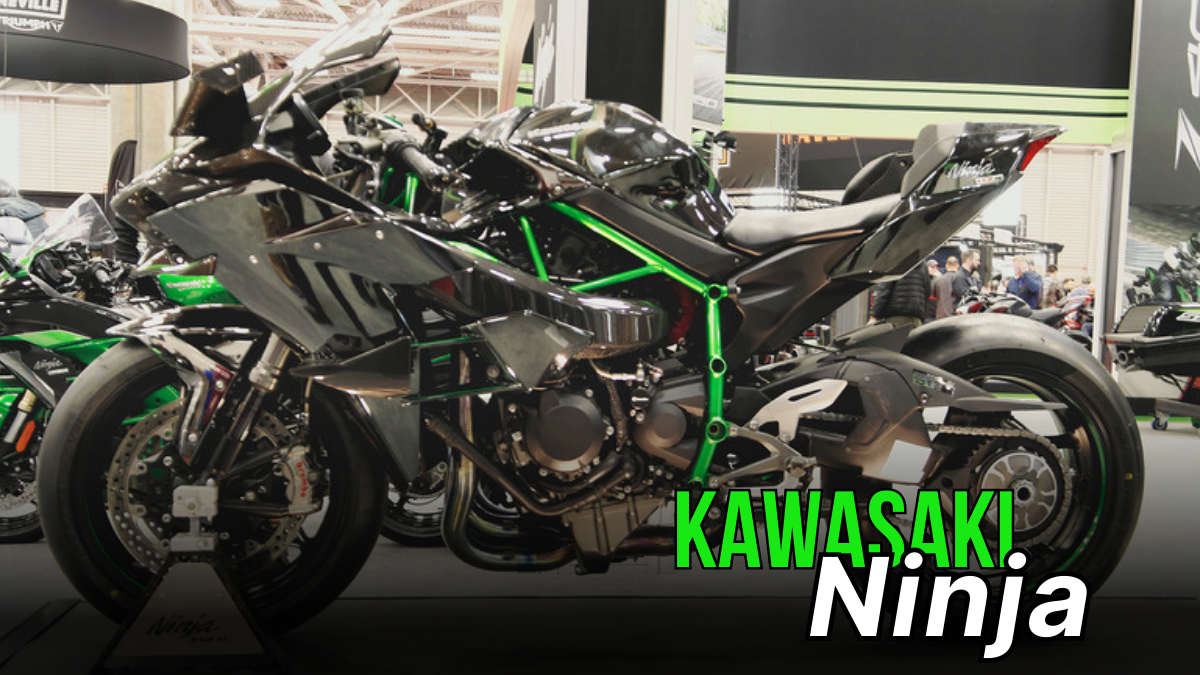
To answer this, a detailed city and highway fuel economy test was conducted. The results reveal how the parallel-twin Ninja compares against its single-cylinder rivals in terms of efficiency, while still maintaining its sporty character.
Benefits of the Kawasaki Ninja 300
- Balanced Economy and Performance – Offers close to 30 km/l while retaining sporty dynamics.
- Long Riding Range – 400+ km on a full tank is practical for touring.
- Twin-Cylinder Refinement – Smooth engine performance makes it more comfortable on highways.
- Beginner-Friendly Sportbike – Easy to handle yet engaging enough for enthusiasts.
Limitations
- Lower Efficiency vs Singles – Rivals in the 250–300cc single-cylinder class are more fuel-efficient.
- Requires Premium Fuel in Some Regions – For best performance, high-octane fuel is recommended.
- Best Mileage Only at Moderate Speeds – Aggressive riding significantly reduces efficiency.
Quick Summary: Kawasaki Ninja 300 Fuel Efficiency
Detail |
Information |
|---|---|
Engine |
296cc parallel-twin, liquid-cooled |
Power |
39hp |
Torque |
26Nm |
Tested City Mileage |
27.48 km/l |
Tested Highway Mileage |
29.31 km/l |
Combined Mileage |
28.39 km/l |
Fuel Tank Capacity |
17 litres |
Riding Range |
400+ km (approx.) |
Official Site |
Kawasaki Ninja 300: Fuel Efficiency Test Results
City Mileage Test
- Distance covered: 42.6 km
- Fuel consumed: 1.55 litres
- Result: 27.48 km/l
The Ninja 300 handled heavy Mumbai traffic with ease, but like most parallel twins, its efficiency is slightly lower in city conditions compared to single-cylinder competitors. Still, 27+ km/l in traffic is respectable for a 300cc sportbike.
Highway Mileage Test
- Distance covered: 55.4 km
- Fuel consumed: 1.89 litres
- Result: 29.31 km/l
On the open highway, the Ninja 300 proved to be in its comfort zone. Cruising steadily at 90–100 km/h in higher gears resulted in nearly 30 km/l, which is impressive for a twin-cylinder engine tuned for performance.
Combined Mileage
By averaging both results, the Ninja 300 delivered a combined real-world mileage of 28.39 km/l.
Kawasaki Ninja 300: Engine and Riding Character
The Ninja 300 is powered by a 296cc parallel-twin engine producing 39 hp and 26 Nm of torque. Unlike single-cylinder bikes, this motor is happiest when revved in the mid-to-high range, giving the rider an engaging and sporty experience.
- In the city, the engine runs a little busier, which explains why efficiency dips slightly.
- On the highway, the bike feels smoother and relaxed, especially when maintaining steady speeds.
- Spirited riding in triple-digit speeds will bring mileage down, but with controlled throttle inputs, it balances performance and economy well.
Riding Range and Practicality
With a 17-litre fuel tank and a combined efficiency figure of 28.39 km/l, the Ninja 300 offers a range of over 400 km on a full tank.
This makes it suitable not only for city commutes but also for weekend rides and long-distance touring. While it may not match the frugality of 250cc singles, it offers a premium riding experience with reasonable economy.
Kawasaki Ninja 300 vs. Single-Cylinder Rivals
Many 300cc-class motorcycles powered by single-cylinder engines can achieve 35-40 km/l in real-world conditions. The Ninja 300’s mileage of 28–29 km/l may appear lower, but this difference is justified.
- Twin-cylinder layout = smoother performance, better top-end, refined highway cruising.
- Single-cylinder bikes = lighter, more fuel-efficient, but less refined at higher speeds.
Therefore, while the Ninja 300 consumes slightly more fuel, it delivers superior refinement and performance, which many riders prefer.
Testing Methodology: Autocar India’s Routine
To ensure accurate results, a standardised testing procedure was followed:
- The tank was filled to the brim before testing.
- Tyre pressures were set to manufacturer-recommended levels.
- Fixed city and highway routes were used to simulate real-world riding.
- Average speeds were maintained in line with traffic and speed limits.
- Rider weight and payload were balanced with ballast for consistency.
- After each test cycle, the tank was refilled to calculate exact fuel consumption.
This method ensures that the mileage results represent practical, real-world usage rather than idealised figures.
FAQs About Kawasaki Ninja 300 Fuel Economy 2025
1. What is the real-world mileage of the Kawasaki Ninja 300?
The Ninja 300 delivers an average of 28.39 km/l, with 27.48 km/l in the city and 29.31 km/l on the highway.
2. What is the fuel tank capacity and range of the Ninja 300?
It has a 17-litre fuel tank, giving it a range of 400+ km on a full tank.
3. How does the Ninja 300 compare to single-cylinder rivals?
While less fuel-efficient, the Ninja 300 offers smoother performance, refinement, and better highway cruising ability.
4. Does aggressive riding affect mileage?
Yes, riding at higher revs and triple-digit speeds will reduce efficiency, while steady throttle inputs improve it.
5. Where can I check official details?
Visit the Kawasaki India Official Website.
Conclusion
The Kawasaki Ninja 300 remains an attractive choice for riders looking for an entry-level sportbike that combines style, refinement, and practical fuel economy.
- City mileage: 27.48 km/l
- Highway mileage: 29.31 km/l
- Overall: 28.39 km/l
With its 17-litre fuel tank and over 400 km riding range, the Ninja 300 delivers a great balance between sporty performance and real-world practicality. For those willing to trade a few kilometres per litre for the joy of a twin-cylinder machine, the Ninja 300 is a compelling option in 2025.
For More Information Click HERE


